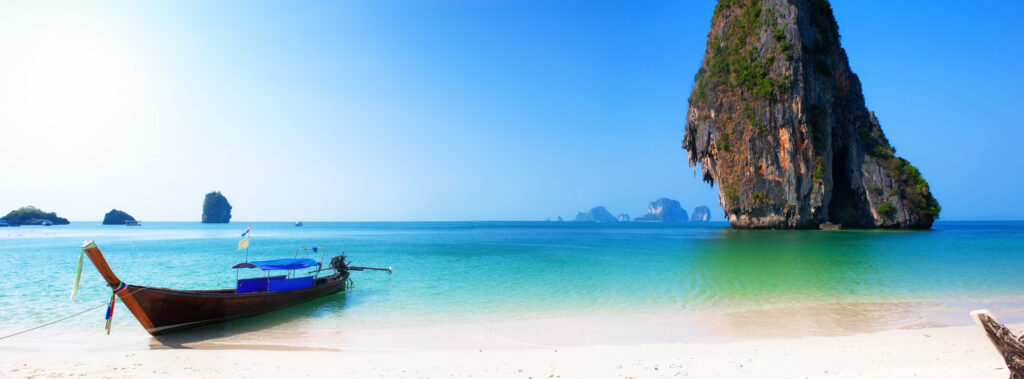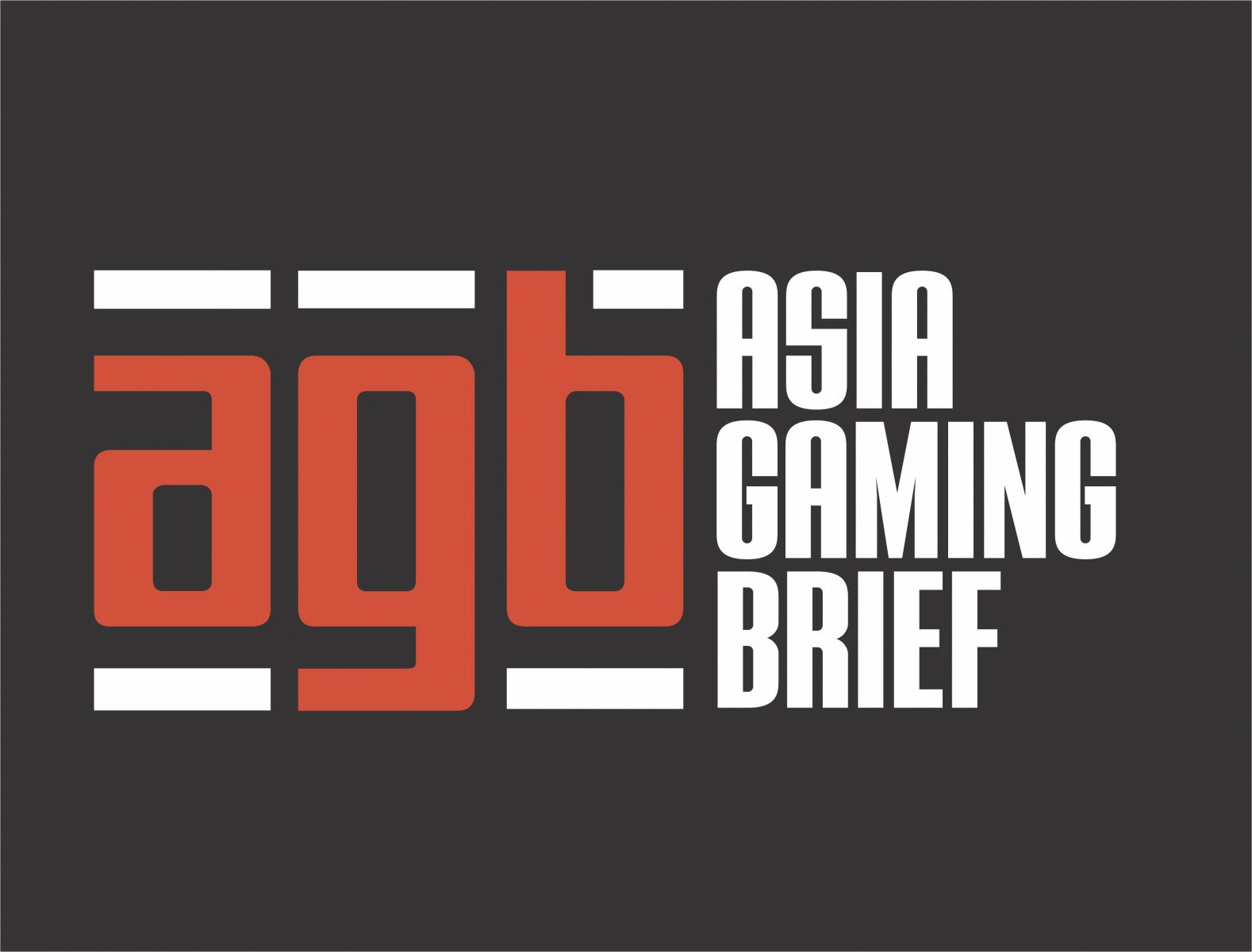Covid has triggered a major tourism reset across Asia, with governments forced to pivot to the domestic market, which prior to the pandemic received little support in terms of finance and marketing.
For example, Malaysia’s 44-page National Tourism Policy 2020-2030 (published in December 2020 by the Minister for Tourism Arts & Culture) doesn’t make a single reference to domestic tourism. This meant that most countries were seriously under-prepared when COVID-19 forced the shutdown of international travel.
Through COVID-19 necessity, with international borders closed, official attitudes have shifted over the past 16 months. Governments and tourism boards have implored residents to travel and spend more domestically almost as a civic duty to help keep the tourism industry afloat and support the national economy.
Over recent months, we have seen significant innovation in domestic travel services by private sector tourism players, particularly in the areas of health and wellness travel, soft adventure, F&B, trekking, photography and mountain biking tours. In Vietnam, Cambodia and Laos, we have seen strong growth in hiking, camping, nature trekking, mountain biking, road and hill cycling, ziplining and river sports.

The visible results of this eagerness for new outdoor experiences has been available for everyone to see on social media platforms – but it remains uncertain whether tourism boards will tap into this huge resource of new and exciting user-generated destination content to further develop the domestic sector.
Despite this, finance ministers have noted that domestic tourism simply cannot fill the void in terms of trip numbers and expenditure – and, therefore, is unlikely to attract much-needed foreign investment to support post-pandemic economic recovery. Inbound tourism brings more than just national cachet to tourism board target setters, it is a viable route to foreign exchange and capital investment.
China, of course, is an entirely different story, where domestic tourism infrastructure – particularly high-speed railways, airports, airline fleets and hotels, as well as car rental, rural tourism – have been heavily invested and promoted. The country has reaped the benefits of this over recent months. Strong and supported, its domestic tourism sector will continue to thrive once international outbound travel is permitted once again.
Much of the expansion in domestic travel has been supported by government financial incentives, promotional voucher programmes and heavy discounting. The fact remains that in many countries of Southeast Asia for example, pricing for international tourists in a country is beyond the reach of domestic tourists. Throughout much of Southeast Asia, the pricing and expenditure differentials between domestic and inbound tourists remains an impossible circle to square.
Heavy discounting was also noticeable for luxury resorts in Malaysian holiday destinations like Langkawi, while city hotels and resorts instead offered extra add-ons, like free meals, spa treatments and discount extra night stays rather than heavily reducing their core rate.
Singapore is an interesting case study, given its small size and having only one major airport there was no domestic tourism sector to rely on as a safety net. The government launched the SingaporeRediscovers voucher scheme to encourage citizens to spend more at tourism attractions, and hotels offered a range of staycation packages – but the most successful innovation has been the Cruises to Nowhere initiative. Operated by two cruise companies, these 2, 3 and 4-night cruises have no port calls, but ramped up the range of entertainment, activities and dining on board, and proved hugely popular.
Similarly, the Duty Free Flights to Nowhere, which take off and land at the same airport in South Korea, cross temporarily into Japanese airspace. This enables passengers to purchase duty free items at the airport before boarding as if they are taking an international flight, and resulted in significant per-passenger spend.
It is still early to predict the recovery of international travel in the region, but it seems likely that domestic travel will remain an important part of the mix for some considerable time.
*Gary Bowerman is the director of Check-in Asia, a tourism-focused content, marketing and trends research company with bases in Hong Kong, Shanghai and Kuala Lumpur – and co-host of The South East Asia Travel Show podcast.










